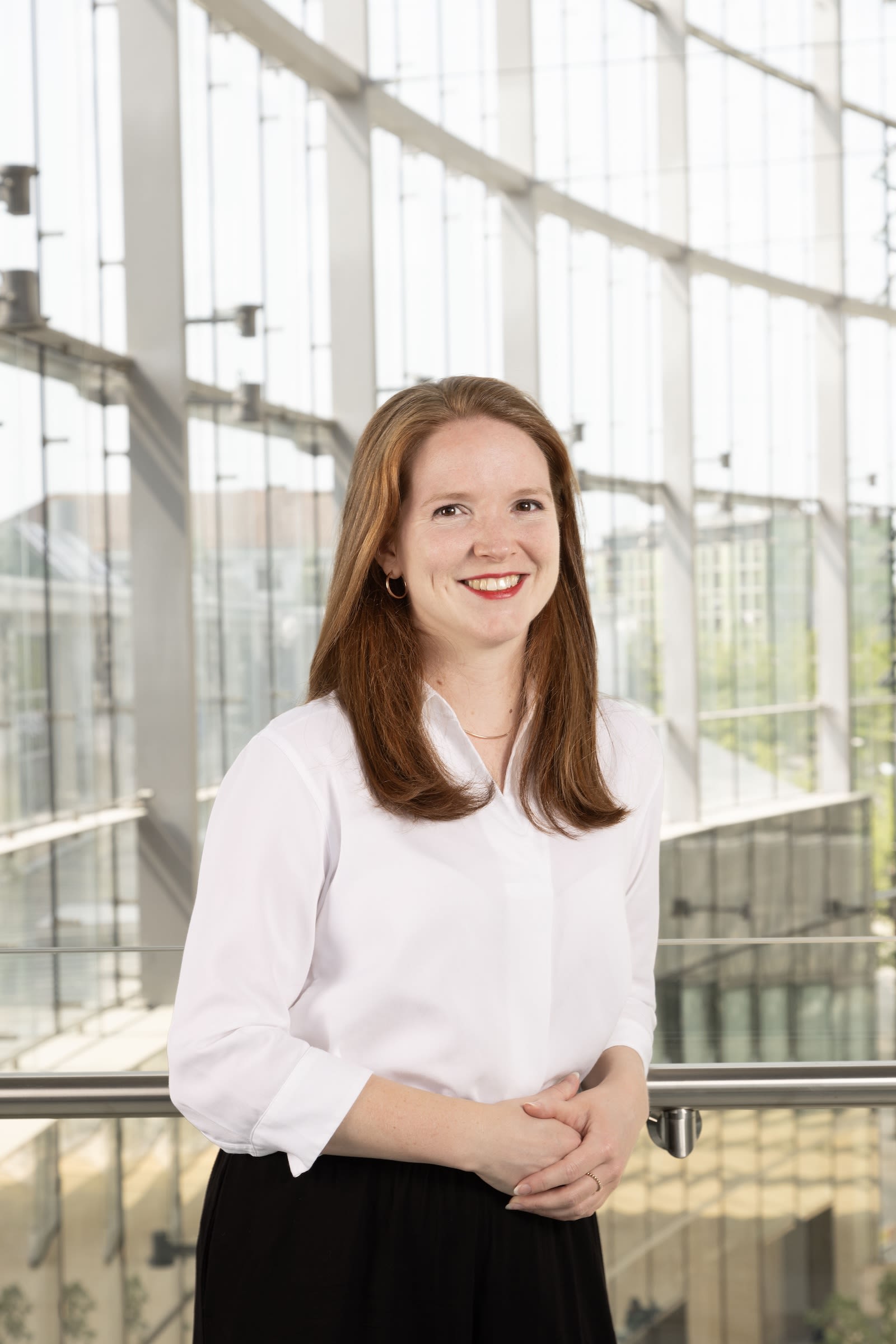However, to live in a fair and sustainable society in the future means that there is an imperative to understand what these imagined futures may be and to allow time for wider debate and action before they are upon us. To this end, GESDA practises science anticipation. Through this practice, we can recognise that the future is not predetermined but can instead identify the wide range of possibilities open to us, empowering us to make decisions in the present which can influence what happens in the future. Through this ability to act, we are freed to consider aspects of our future as being malleable to creative forces and novelty — as long as suitable enabling conditions are given today.
For GESDA, therefore, science anticipation translates as the capacity to explore the horizon of possibilities as a basis to debate and forge global and inclusive coalitions before science and technology breakthroughs are deployed without full consideration of possible impacts — or advantageous developments are not deployed at all. GESDA aims to act as an honest broker between the scientific community, diplomacy and all relevant sectors of society to encourage these open debates about how we wish to shape the future and what opportunities for action can be taken today. The wide coverage of anticipated advances detailed in the GESDA Science Breakthrough Radar® assists in providing the enabling conditions for action to happen in the present to build towards a more intentional future.
But how does science anticipation happen in practice? The answer lies in the expertise and deep insights of GESDA’s Academic Forum, the global community of scientists and researchers who form the bedrock of GESDA’s work on science anticipation. Encompassing over 30 different Anticipation Committees, as well as many more individual contributors, the expertise of the Academic Forum spans the information sciences, human biology, environmental sciences, social sciences and humanities, and core foundational knowledge. Led by an academic chair, each Anticipation Committee brings together leading researchers to facilitate in-depth discussions regarding anticipated developments over the next 5, 10 and 25 years. The results of these discussions provide the content within the briefs of the GESDA Science Breakthrough Radar®.
To keep up with the latest developments across the different fields of research, we work closely with the chairs of each committee to identify the subtopics to focus on. Where new emerging trends are identified outside our focus areas, we invite domain-expert researchers to provide in-depth analyses as “invited contributions”, of which many mature into a fully formed Anticipation Committee to explore the topic.
In order to explore cross-disciplinary and transdisciplinary themes emerging from the various areas of our science-anticipation work, we also convene a small number of multidisciplinary, multi-day workshops to dig deep into a particular area of interest. The reports from these workshops can be viewed in the Radar as “deep dives” and this year include “Sleep Augmentation”, exploring the intersection of sleep research with ageing research, and “Planetarised Humanity”, a deep investigation into the emerging role for the humanities and social sciences in a technology-dominated world. These deep dives provide a transversal perspective on converging themes arising from new trends in research in different areas, nourishing both GESDA’s pipeline of initiatives and its practice of science anticipation.
The GESDA Science Breakthrough Radar also contains three science anticipation “lenses”: the Geopolitics Lens, the Philosophy Lens and the Science Lens. These pieces of novel academic research use the basis of the insights contained within the Radar to provide a transversal perspective on how the Radar's horizons may affect and be affected by geopolitics, philosophy and the practice of science itself in the future. We are deeply grateful to the members of our Peace and War initiative, our College of Philosophers and the researchers involved in our Science Lens for their expertise in developing these perspectives.
Finally, in addition to the detailed qualitative science trends contained within the Radar, we also calculate a quantitative “Anticipation Potential” score for each topic area, mapped onto our Radar visualisation. Each topic’s Anticipation Potential reflects the opinion of an extended network of subject-specific global experts regarding: the uncertainty of future science breakthroughs in a research field over the next 25 years; the transformative nature of the breakthrough for science, technology, humanity, society and our planet; and the opportunity for multilateral action in the present to ensure that a breakthrough’s potential is realised. Consequently, a field with high Anticipation Potential combines the potential of highly transformative futures with clear opportunities for action in the present. This also allows us to identify where researchers feel there is an urgency to anticipate the changes that may be caused by research in a certain area or whether the community believes that these are already being addressed — allowing us to align our focus for science anticipation towards those topics with the highest anticipation potential.
This year, we are delighted to welcome members of 13 new Anticipation Committees to our GESDA Academic Forum. The expertise spanned by these new committees includes entirely new topics for the GESDA Science Breakthrough Radar, namely Advanced AI, Extended Reality, Engineering Human Biology, Energy Engineering, Ecology, Pathogen Biology, Futures Research, Language and Communication, Mathematics, and Fungal Biology. Through this expansion of our community and represented expertise, we are delighted to present to you this enriched edition of the Radar, which captures the new and emerging trends in science, research and technology. We hope that this is a useful tool in the support of a renewed, anticipatory multilateralism in Geneva and beyond.






